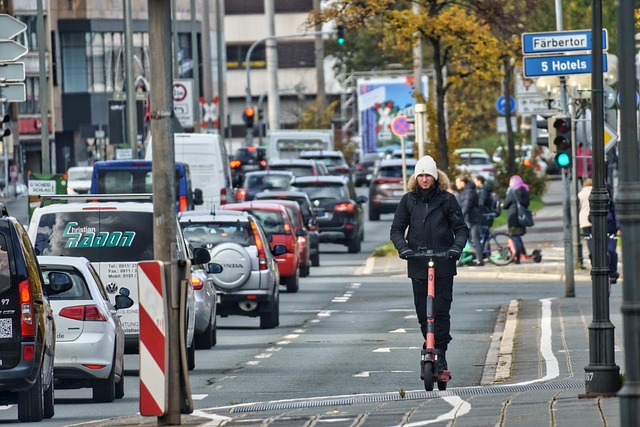In an age where urbanization rules the narrative of development, the significance of rural community projects stands as a beacon of hope for sustainable mobility. As we delve into the realm of transportation sustainability, we recognize the unique challenges faced by rural communities. These areas often grapple with inadequate infrastructure, limited connectivity, and a lack of viable transport options, all of which can impede their growth and accessibility.
Imagine a small village where residents rely on infrequent bus schedules or depend on personal vehicles for access to essential services like healthcare, education, and employment. When transport options are limited, the vibrancy of rural life can diminish, stalling development and prosperity. Here lies the need for innovative mobility solutions. Integrating sustainable transport systems into rural community projects can revolutionize the way individuals navigate their environment.
Consider initiatives that promote community-based transportation networks or electric vehicle (EV) programs tailored for rural settings. Creating dedicated paths for cyclists and pedestrians not only reduces the carbon footprint but also improves the health and well-being of residents. In addition, the introduction of shared mobility options, like carpooling or local shuttle services, can enhance connectivity and foster a sense of community among neighbors.
Moreover, harnessing technology can play a monumental role in shaping future rural mobility. By leveraging mobile applications, communities can establish real-time information systems that keep residents updated on transport schedules, availability, and even emergency services. Incorporating community feedback through surveys can further ensure that transport plans align with the actual needs and preferences of the residents.
Furthermore, embracing renewable energy within these rural community projects can enhance sustainability. From solar-powered charging stations for electric buses to promoting biofuel use in local transportation, the potential for green development is immense. Such initiatives not only mitigate environmental impacts but also set a precedent for future rural development projects by emphasizing the importance of sustainable practices.
Rural communities have a unique identity and resilience that makes them special. By prioritizing innovative and sustainable transport solutions, we empower these communities to thrive. Investing in better connectivity unlocks opportunities, fosters equitable development, and nurtures the social fabric that binds these neighborhoods together. With a commitment to enhancing mobility through thoughtful rural community projects, we pave the way for a future where every individual can enjoy access to resources and opportunities, regardless of their geographic location.
In this journey towards innovation, collaboration among local governments, non-profits, and community members is essential. By working hand-in-hand, we can create vibrant rural spaces that not only survive but flourish in the face of modern challenges. Let us drive change together, embracing sustainability and connection as core components of tomorrow’s rural community projects.



